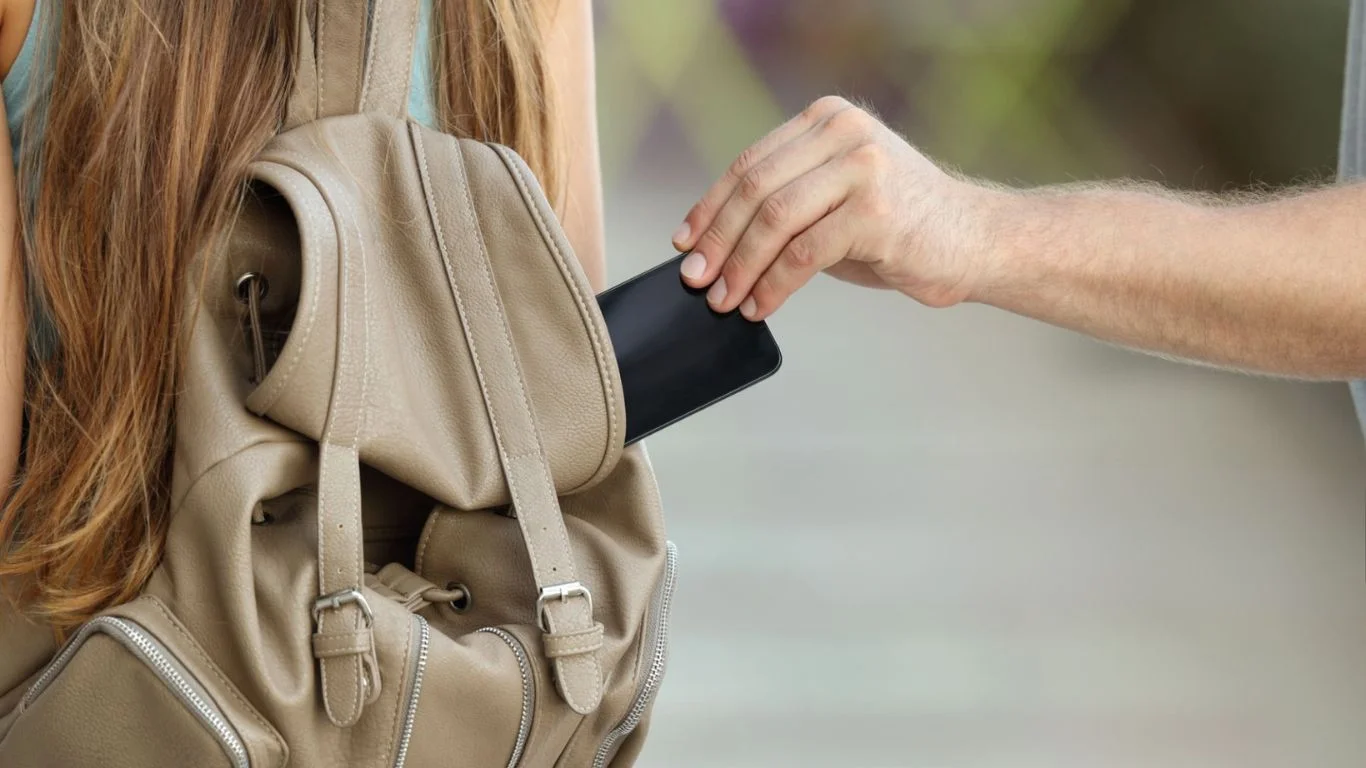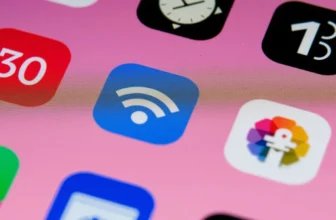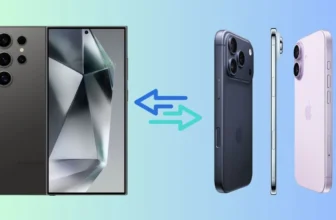
Losing your smartphone or having it stolen can be a stressful and overwhelming experience. With personal data, photos, contacts, and often banking information stored on your phone, it’s crucial to act quickly to minimize potential damage. In this article, we will guide you through the steps you should take immediately if your phone is stolen to protect your privacy and secure your accounts.
1. Stay Calm and Assess the Situation
First Steps to Take
Losing your phone or having it stolen can be a jarring experience, but it’s important to stay calm and act swiftly. Before jumping into action, take a moment to assess the situation:
- Where did you last see your phone? Try retracing your steps to see if you can locate it. Sometimes, phones are left behind or misplaced.
- Was it stolen in a public place? If you believe it was stolen, be aware of your surroundings and avoid confronting the thief directly.
Once you’ve gathered your thoughts, it’s time to move on to the necessary steps.
2. Use “Find My Phone” Features
For Android Users: Use Google’s Find My Device
Both Apple and Android devices come with built-in tools that allow you to track your phone’s location. If your phone is turned on and connected to the internet, these services can help you locate it.
- Google Find My Device: Log in to your Google account from a computer or another phone, and visit the Find My Device website. You’ll be able to see your phone’s location on a map.
- Play Sound: Make your phone ring, even if it’s on silent.
- Lock Your Phone: You can lock your phone remotely to prevent unauthorized access.
- Erase Data: If recovery seems impossible, use the “Erase” option to wipe all data from your phone.
For iPhone Users: Use Apple’s Find My iPhone
- Find My iPhone: Log in to iCloud.com or use the Find My app on another Apple device. You can track your phone’s location, play a sound, lock it, or remotely erase your data.
If you’re unable to locate your phone, these features allow you to protect your personal information from being accessed by thieves.
3. Report the Theft to Your Carrier
Why You Should Contact Your Carrier
Contact your mobile carrier as soon as possible to report the theft. They can assist in the following ways:
- Suspend Service: They can suspend your service to prevent the thief from making calls, sending texts, or using data.
- Block the IMEI: The carrier can block your phone’s IMEI number, making it impossible for the thief to use the phone on most networks.
Be ready to provide details such as your phone’s IMEI number, which can often be found on the box or your purchase receipt.
4. Change Your Account Passwords
Protect Your Personal Accounts
Your smartphone likely holds a lot of personal information, from email and social media to banking apps. To prevent unauthorized access, change the passwords for the following:
- Email Accounts: If your email is compromised, hackers can reset the passwords for other accounts.
- Banking and Payment Apps: Log into your banking apps or payment platforms (e.g., PayPal, Venmo) and change your passwords.
- Social Media: Change the passwords for social media accounts like Facebook, Instagram, Twitter, and others to prevent unauthorized access.
- Cloud Services: If you use cloud storage (Google Drive, iCloud, etc.), change the password to protect your files.
Consider using two-factor authentication (2FA) on these accounts to add an extra layer of security.
5. Report the Theft to the Police
Why File a Police Report
Reporting the theft to the police may not immediately help recover your phone, but it is an essential step for several reasons:
- Insurance Claim: If you have insurance coverage for your phone, the police report is often required to file a claim.
- Tracking the Device: In some cases, law enforcement can help track the device, especially if it’s used for illegal activities.
Be sure to provide as much information as possible, including the phone’s make, model, IMEI number, and any other identifying details.
6. Remote Wipe and Reset
Protect Your Data
If you’re unable to recover your phone or track its location, it’s important to remotely wipe your phone to prevent thieves from accessing your personal information.
- For Android: Use Google’s Find My Device to remotely erase all data from your phone. This will delete all your personal information, including photos, contacts, and apps.
- For iPhone: Use the “Erase iPhone” option in Find My iPhone to remotely wipe your device.
Remember, once you wipe your phone, you won’t be able to track it anymore, so ensure you have tried all other options first.
7. Notify Your Bank and Credit Card Companies
Protect Your Financial Information
If you use your phone for mobile payments, it’s essential to notify your bank and credit card companies about the theft. Many mobile payment apps (like Apple Pay, Google Pay, and Samsung Pay) are linked to your bank accounts and credit cards. Inform your bank to put a hold on your accounts or issue new cards to avoid fraudulent transactions.
8. Track Your Insurance or Warranty
What to Do If Your Phone Is Insured
If your phone is insured, contact your insurance provider immediately to report the theft. They will guide you through the process of filing a claim and potentially replacing your device. You may need to provide a police report or proof of purchase as part of the claim process.
For phones still under warranty, check with your manufacturer for any potential replacement options.
9. Alert Friends and Family
Why You Should Notify Others
If your phone contains sensitive information or if you have accounts linked to it, it’s a good idea to let your close contacts know that your phone has been stolen. This helps prevent any potential phishing attempts or scams that could target them using your stolen information.
Checkout: Two-Factor Authentication on Mobile
10. Consider Using Anti-Theft Apps
Proactive Protection for the Future
To prevent future theft, consider using anti-theft apps that offer additional security features such as:
- Tracking the location of your phone even after a factory reset.
- Locking your phone remotely in case of theft.
- Sending alerts when a SIM card is replaced.
Some popular anti-theft apps for Android and iOS include Lookout, Prey Anti Theft, and Cerberus.
Read More: How to Prevent Overheating in Your Smartphone
Conclusion
Having your phone stolen can feel like a violation of your privacy, but by taking swift action, you can minimize the damage and secure your personal information. From using “Find My Phone” features to contacting your carrier and changing passwords, acting quickly is the key. Report the theft to the police and take the necessary steps to protect your sensitive data.Readf
By following these steps, you can regain control of your privacy and reduce the impact of a stolen phone.
FAQs about What to Do If Your Phone Is Stolen
Use your phone’s built-in tracking feature, like Google’s Find My Device for Android or Apple’s Find My iPhone for iOS, to locate your phone.
Immediately report the theft to your carrier, change your passwords, and use your phone’s tracking feature to locate it or wipe the data.
Yes, you can block your phone using your carrier’s IMEI blocking service and lock it remotely through your phone’s tracking features.
Yes, filing a police report is essential for insurance claims and may assist in recovering your device.
Use remote wipe options to erase data, change passwords for sensitive accounts, and contact your bank to protect your financial information.






